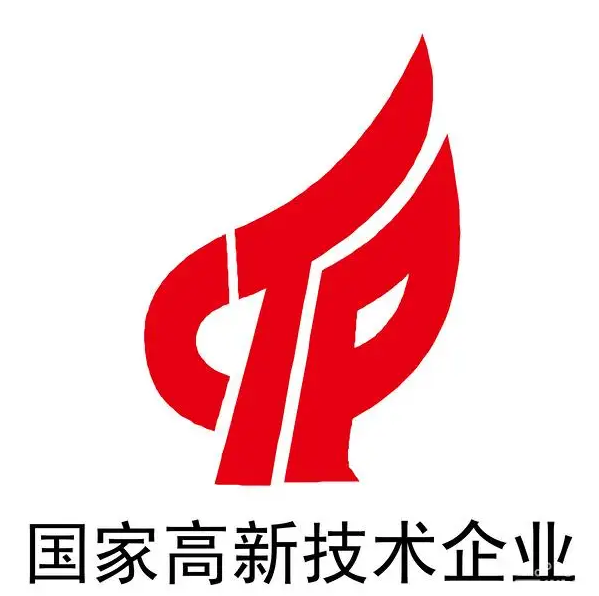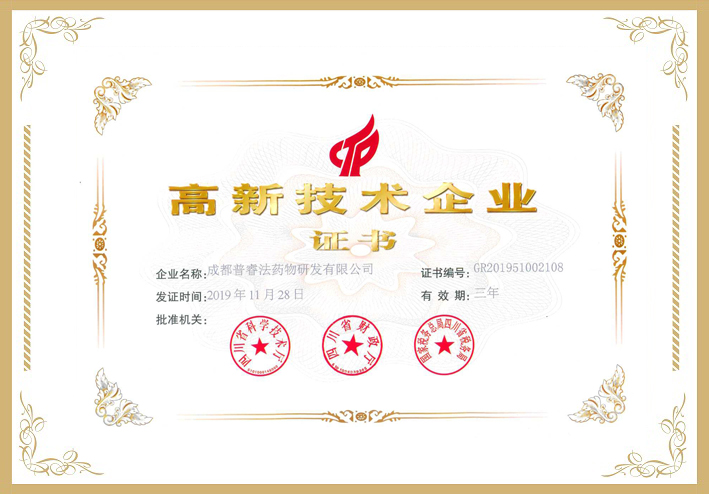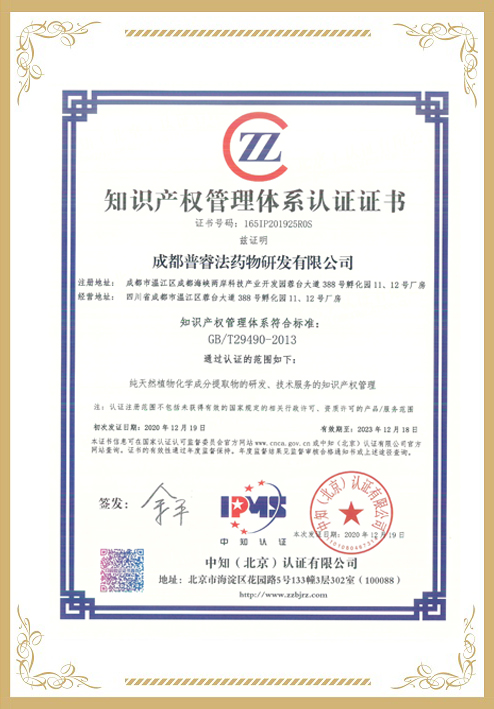Abstract
Ethnopharmacological relevance
Orostachys japonicus A. Berger (O. japonicus), so-called Wa-song in Korea, a traditional food and medicine that grows on mountain rocks and roof tiles.
Wa-song containing various phenolic compounds have been reported as a medicinal plant for prevention of fibrosis, cancer, inflammation, and oxidative damage.
Aim of the study
The present study was designed to examine the anti-angiogenic effects of cultivated Orostachys japonicus 70% ethanol extract (CE) in vascular endothelial growth factor (VEGF)-stimulated human umbilical vein endothelial cells (HUVECs).
Materials and methods
CE was prepared with 70% ethanol. HUVECs, rat aortic rings, and matrigel plug in mice were treated with CE (10–20 μg/mL) and VEGF (20–50 ng/mL), and the anti-angiogenic activities of CE were analyzed by SRB, wound healing, trans-well invasion, capillary-like tubule formation, rat aortas, Western blot, and matrigel plug assay. Phenolic compounds in CE were analyzed using a high-performance liquid chromatography (HPLC)-PDA system.
Results
Treatment of CE (10–20 μg/mL) markedly suppressed proliferation of HUVECs in the presence (from 136.5% to 112.2%) or absence of VEGF (from 100.0% to 92.1%). The proliferation inhibitory effect of CE was caused by G0/G1 cell cycle arrest, and the decrease of CDK-2, CDK-4, Cyclin D1 and Cyclin E1. Furthermore, CE treatment showed significant angiogenesis inhibitory effects on motility, invasion and micro-vessel formation of HUVECs, rat aortic rings and subcutaneous matrigels under VEGF-stimulation condition. In HUVECs, CE-induced anti-angiogenic effect was regulated by inhibition of the PI3K/AKT/mTOR, MAPK/p38, MAPK/ERK, FAK-Src, and VEGF-VEGFR2 signaling pathways.
Conclusion
This study demonstrated that CE might be used as a potential natural substance, multi-targeted angiogenesis inhibitor, functional food material.
… To measure phenolic compounds in CE,
Kaempferol-3-rutinoside (Cat. No.
17650-84-9, purity >98%) were purchased from Chengdu
Biopurify
Phytochemicals Ltd (Sichuan, China, purity >98%). Kaempferol-3-D …























